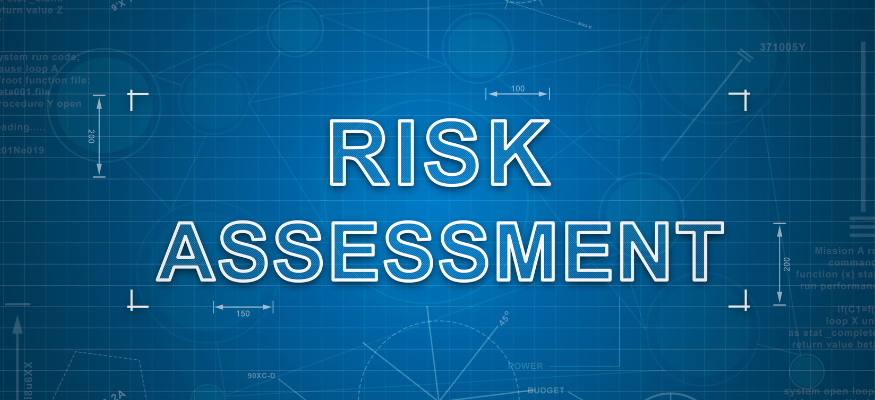Health and safety has always been a big concern in UK cemeteries - not least because of the public nature of them. They’re a place where members of the public - including families - visit daily.
What’s more, they’re not just a place for visiting the graves of loved ones. Many cemeteries throughout the UK are places of public or historic interest where people can tour, have picnics or simply take a walk. Most cemeteries also have people working there, whether that’s to manage it, for maintenance, etc. making them subject to employment health and safety laws too.
Risk assessments, cemeteries and the law
A memo [external link] by The Health and Safety Executive (HSE) has stated that primary responsibility for health and safety in cemeteries lies with the burial authority in control of the cemetery. This may be a local authority, church or private company.
Where burial authorities are employers, they have statutory duties under Sections 2 and 3 of the Health and Safety at Work Act, 1974 (HSWA), to ensure the health and safety of their employees, and other persons working or visiting the cemeteries.
Therefore, burial authorities are under a legal duty to assess the risk from all plant, structures (including memorials), and work activities in their cemeteries and ensure that the risk is controlled.
Enforcement responsibility for all cemeteries lies with the HSE, apart from those located in church yards, for which the local authority has enforcement responsibility.
Furthermore, there’s even been special guidance [external link] issued by ICCM regarding memorial management. They state that ‘management of memorials has been a major problem throughout the UK for most cemetery managers. There have been six deaths over the past 20 years and many serious accidents’.
With so much at stake, there’s a huge responsibility on cemetery managers to get the health and safety in their cemetery right. A common theme throughout the policies and guidance materials is risk assessments, enforcement and training.
.png?width=875&name=Work%20orders%20blog%20(1).png)
This is where workflows come in...
Whether or not you realise it, your cemetery uses workflows.
For those who don’t know what they are, workflows are the process or people use or steps they to get work done. For important work that needs to be undertaken in a cemetery, it’s good practice to illustrate this as a series of steps that need to be completed sequentially in a diagram or checklist. Think of it literally as work flowing from one stage to the next, whether that’s through a colleague, tool, or another process.
As an example, with regards to health and safety, you might have a workflow for:
- Carrying out a risk assessment
- Requesting a work order
- Completing a work order
- Annual assessment of memorials
.png?width=875&name=Cemetery%20Risk%20Assessment%20Blog%20(1).png)
Getting workflows to work for you...
Using workflows (i.e. documenting your cemetery’s processes) to help manage your cemetery’s health and safety processes can have a number of benefits:
- Reduce errors
- No loss of knowledge with changeover of staff
- Can be used to refine processes
- Ultimately better risk management
In order to get the full benefit out of your cemetery’s workflows, we recommend taking some time to list all your processes related to health and safety, then document each of their workflows.
Workflows and automation
Alternatively, there are many cemetery management software systems out there that can help you to automate your cemetery’s workflows. The benefits of using PlotBox to manage your workflows, rather than doing so manually are endless.
Some examples of benefits specifically related to risk management include:
- Reduced errors
- No loss of knowledge with changeover of staff and making staff training easier
- Can be used to refine processes
- You can assign tasks to staff and they’ll receive alerts
- Streamlining of processes resulting in business efficiencies
- Better risk management
- Improved data quality
- Log of work to cover audit and legal obligations
- Workflows can automatically trigger a task in work orders (e.g. repairs as a result of a risk assessment)
- Create a task in work orders manually - however, staff members can be assigned to this and will automatically receive alerts
- Improved compliance and security
.png?width=875&name=Cemetery%20Risk%20Assessment%20Blog%20(2).png)
Workflows, a vital step...
Using workflows in your cemetery, whether they’re done manually or digitally, are so important to help you undertake risk assessments to a consistently good standard, in order to comply with health and safety laws effectively.
PlotBox has helped numerous cemeteries in the UK to refine their workflows and improve their health and safety compliance.
To speak to a PlotBox expert about how we can help your cemetery, get in touch now.

